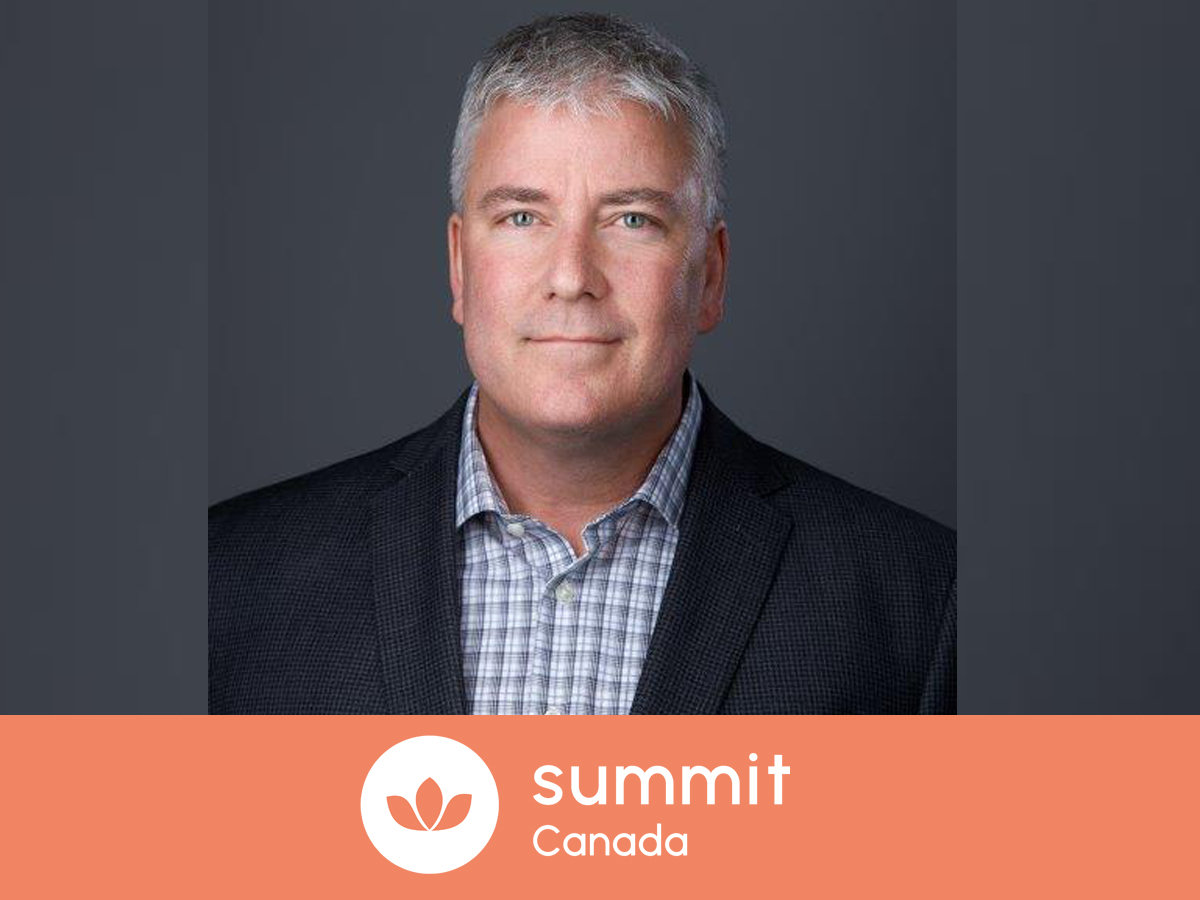
We are delighted that Greg will be speaking in Calgary as part of our Canada Summit. We caught up with him to find out how he’s feeling in the runup to the event.
Hi Greg, we are thrilled that you will be speaking at the Wellbeing at Work Summit Canada in October. Our first and most important question is, how are you doing today?
I’m doing well, thank you. I am fortunate to live in a place where nature is very accessible. I had one of those rare opportunities to work from home today, which means that I could take walk in the woods at lunch. This really helps me put things in perspective and gives me balance.
As a leader based in the region, what are the main challenges you are facing when it comes to employee wellbeing and mental health?
I think we sometimes focus too much on the stresses at work, forgetting that things outside of work are sometimes even more impactful to the wellness of our employees. Our polarized political environment, the rising cost of living, economic uncertainty and other similar things are causing an underlying sense of stress. Of course employers should still care about these factors external to the work environment because they are so impactful to the engagement and productivity of the workforce.
What strategies have you seen developing over the past 6 months, both internally and externally, that are moving the dial on wellbeing in the workplace?
The wellness issue which has been very prevalent lately, and which is within the employer’s control, has been workload. Employees at all levels, including very senior leaders, have been exhibiting exhaustion and stress that is related to the inability to control their own workload. Expectations of the public we serve seem to be growing and driving burnout amongst our workforce. We are working hard to do a better job of prioritizing (and deprioritizing) our work, so that employees have a reasonable workload. We are also trying to create a psychologically safe environment where workload conversations between employees and their leader are the norm, and employees are empowered to manage their own workload. They need to have the ability to say “no” or at least “not yet”.
Why is employee wellbeing so important to you personally?
Wellbeing is important to me because I have lost people close to me, both to physical and mental wellbeing challenges. There is nothing more important that your health.
What impact is AI having in your organization and how are you managing that?
Artificial intelligence is one of those worries hanging over the heads of employees, which cause them stress and impact their wellbeing. While our organization is still at the early stages of AI adoption, and it hasn’t had a measurable impact on our workforce so far, employees are concerned for the future. While we may not see the total number of jobs decline due to AI, we may see some individual employees left behind who are unable to change, upskill, and find new places in the organization. There is a saying that “AI won’t take your job, but someone who knows how to use it may”.
Other than AI, are there any challenges that you are seeing for the first time and how are you addressing them?
It is not new, but rather started with the pandemic and has crystalized more recently – the large number of remote and hybrid employees who are lonely, detached from colleagues, and not engaged or productive. Leading an engaged hybrid workforce is a skill that most of our manager were not trained for, and we are building the tools and learning opportunities they need to increase their skills in this area.
What areas do you think employers should be focused on over the next 12 months?
Employers need to have two areas of focus. First, do what you can to create a desirable work environment which fosters employee wellness in the office. And second, support employee wellness related to factors which are outside of the employer’s control. Both of these are equally important.
Do you feel that investment in employee wellbeing in the region is increasing or decreasing and is that a direct reflection on HR leaders’ increasing ability to demonstrate effective returns of their strategies to leadership?
I think many employers are still dedicated to employee wellbeing, but the political environment is changing how they invest. There has certainly been divestment in matters directly related to equity, diversity and inclusion. But employers will often move those resources to another program which is intended to create a respectful workplace or a sense of belonging, because they know an engaged workforce is critical to productivity. Of course, it is still incumbent on HR leaders to help identify and quantify the return on investment.
How has your organization been leading the way?
Our organization launched it Psychological Safety Framework and Strategy this past year, and we have identified a number or areas of focus to work on. This is intended, not only to improve employee wellness, but have the business benefits of increasing engagement, productivity, and creating a safe environment where employees can be innovative.
Greg will be speaking in Calgary at the Wellbeing at Work Summit Canada.
Our Toronto Summit takes place on October 21, 2025. Visit our Toronto webpage for further details and to book your tickets.
Our Calgary Summit takes place on October 23, 2025. To find out more about our Calgary Summit and book your tickets please visit our Calgary webpage.



